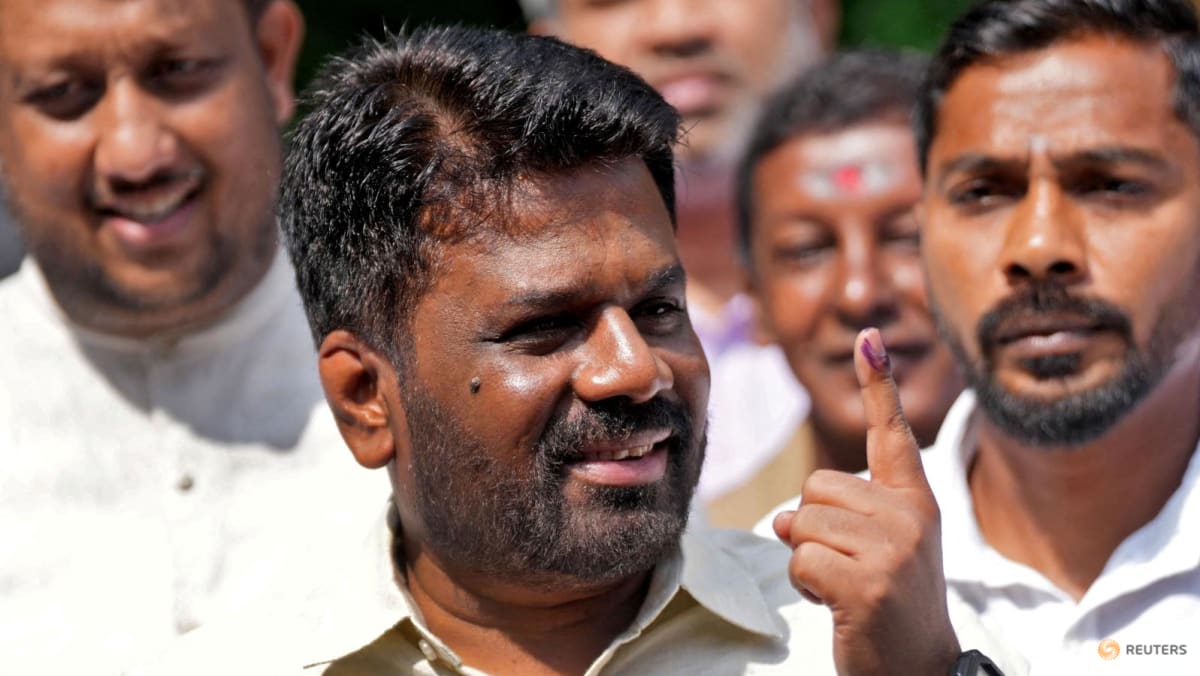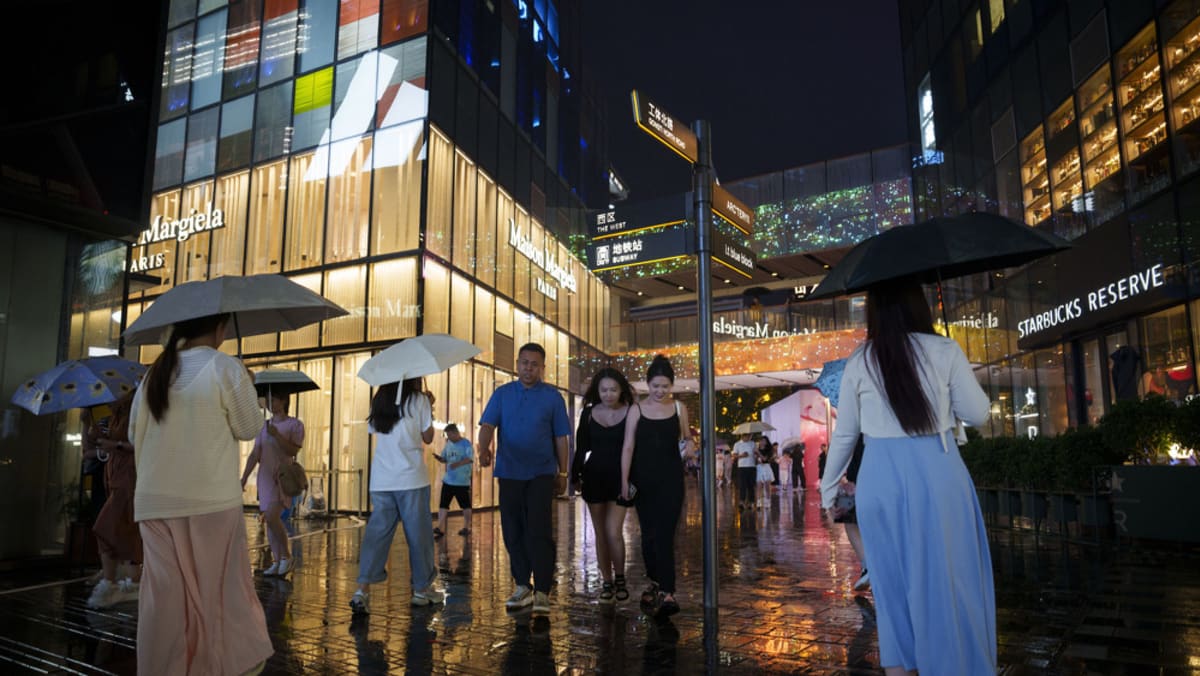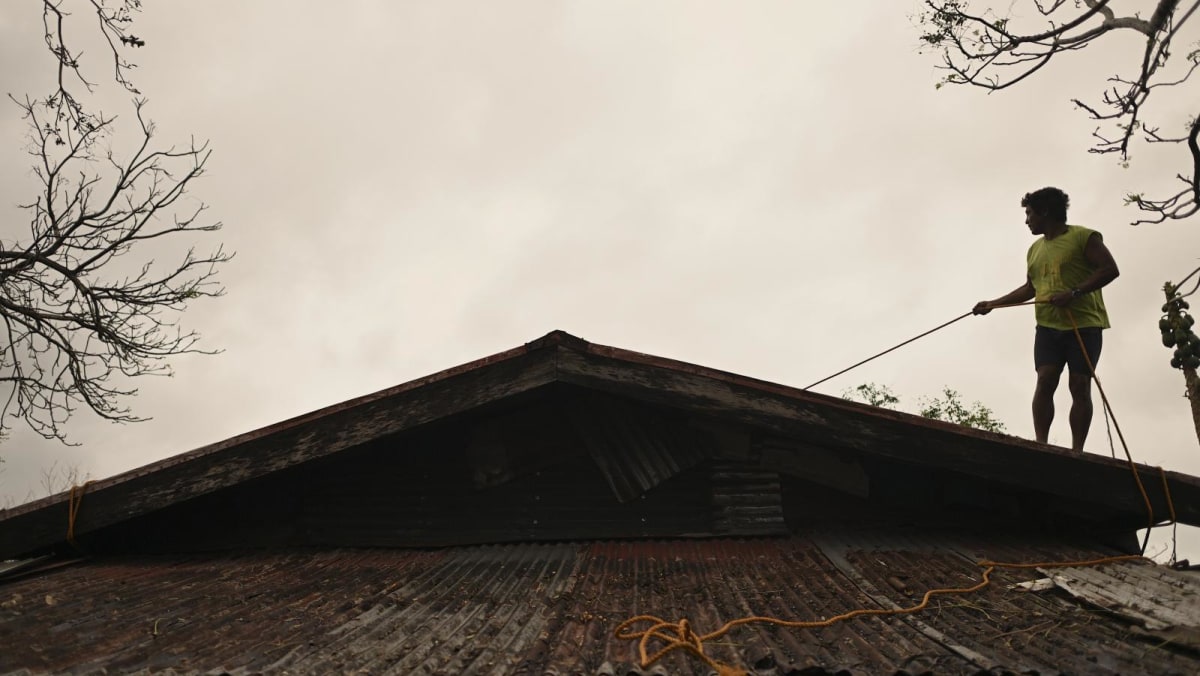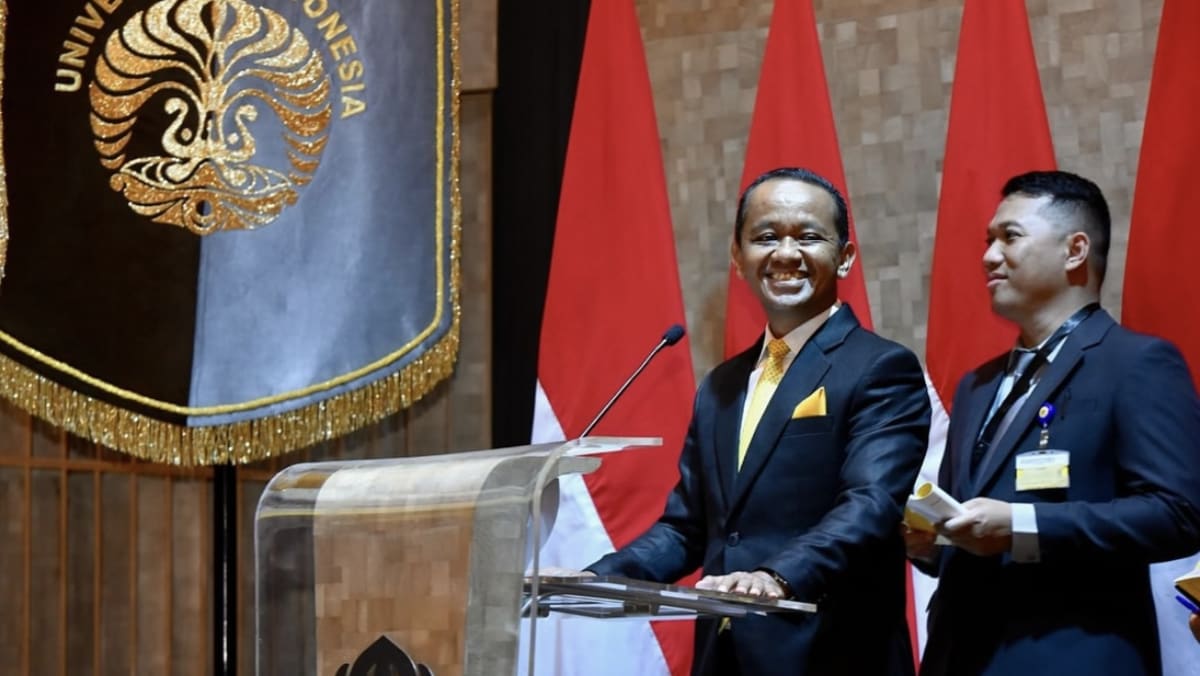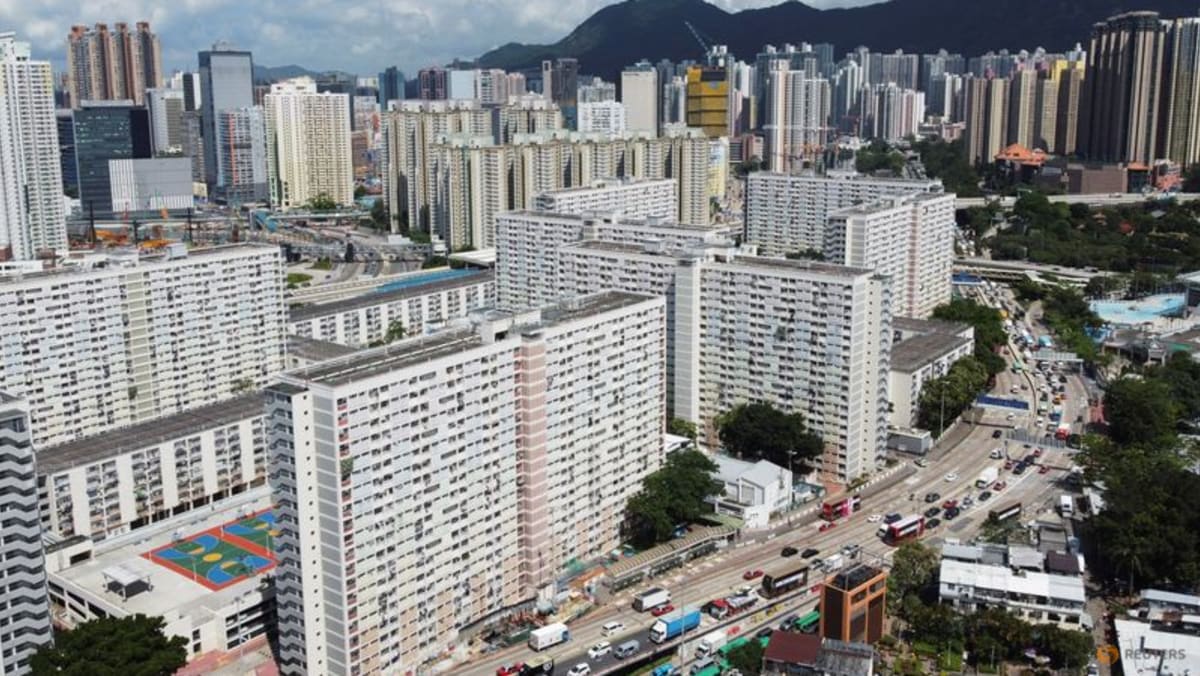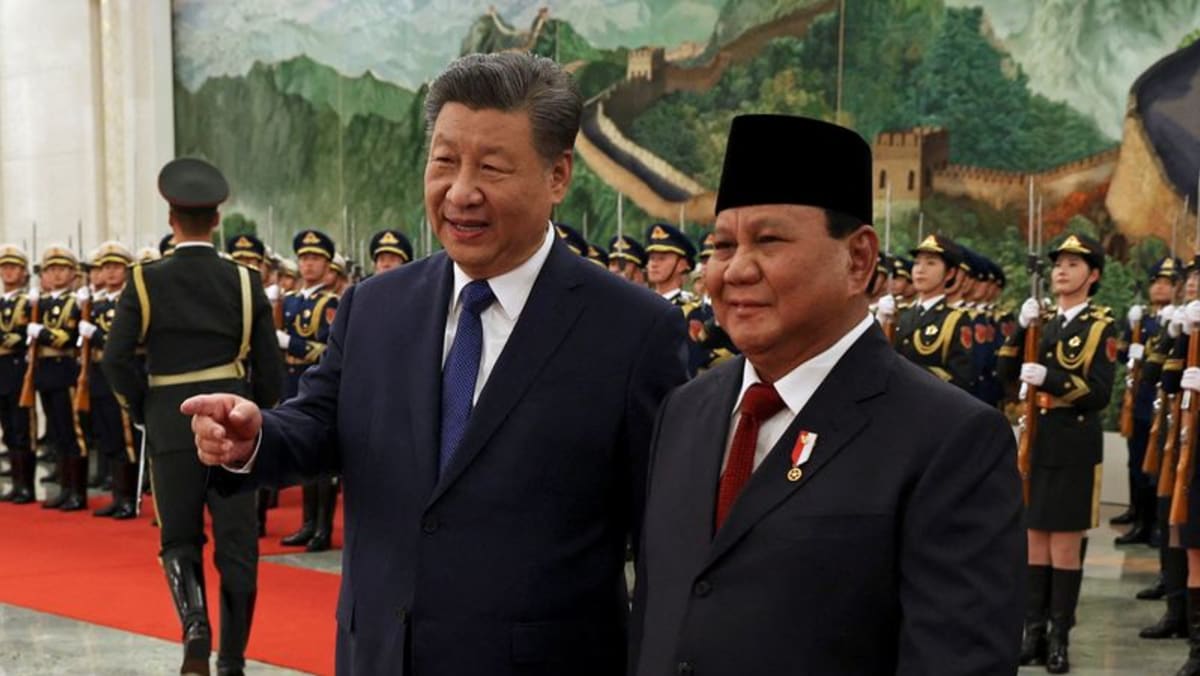South Korea president vows ‘complete overhaul’ of approach to extreme weather

UNDERPASS DISASTER
On Monday, the South Korean government and police launched separate enquiries into the fatal flooding of the underpass in Cheongju, some 112km south of Seoul.
It flooded early Saturday when a nearby river overflowed and an embankment collapsed, leaving more than 10 vehicles, including a bus, trapped inside.
At least 13 people were killed and rescue workers have warned the toll could rise as they search the area.
The prime minister’s secretariat said there had been reports of calls to police requesting an emergency evacuation order for nearby residents as well as emergency closure of the tunnel an hour before the disaster struck.
“This investigation is to find out the cause of the failure to protect the precious life of the people,” it said in a statement.
Yoon said on Monday that the mismanagement of danger zones had led to the accident. Preemptive evacuations and road closures were the “basic principles of preventing the loss of lives in disaster response”, he added.
The Korea Meteorological Administration forecast more heavy rain through Wednesday and urged the public to “refrain from going outside”.
South Korea is regularly hit by flooding during the summer monsoon period, but the country is typically well-prepared and the death toll is usually relatively low.
Scientists say climate change has made weather events around the world more extreme and more frequent.
South Korea endured record-breaking rains and flooding last year, which left more than 11 people dead.
They included three people who died trapped in a Seoul basement apartment of the kind that became internationally known because of the Oscar-winning Korean film “Parasite”.
The government said at the time that the 2022 flooding was the heaviest rainfall since Seoul weather records began 115 years ago, blaming climate change for the extreme weather.
Source: CNA




